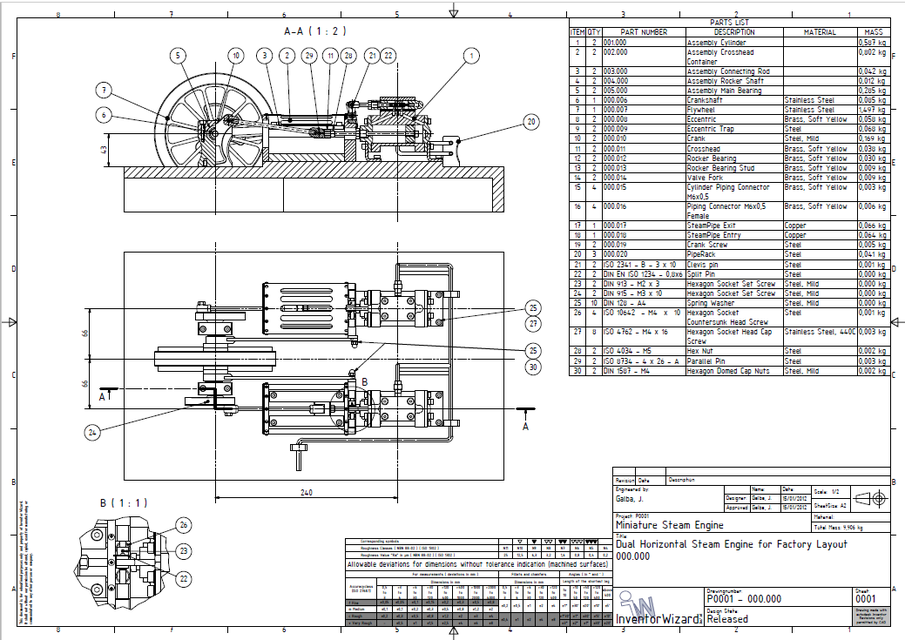If you can get one or the other running just fine but when you pipe them together no joy. I think it is all in the valve timing. I think you need to move the eccentrics a little bit one way of the other. Looking at the one I made, I think the size of the valve and holes are ok.
What Jim said "I think your cranks need to be at 90 degrees, you have them at 180 degrees." would be better but it should run with them at 180.
What Jim said "I think your cranks need to be at 90 degrees, you have them at 180 degrees." would be better but it should run with them at 180.













